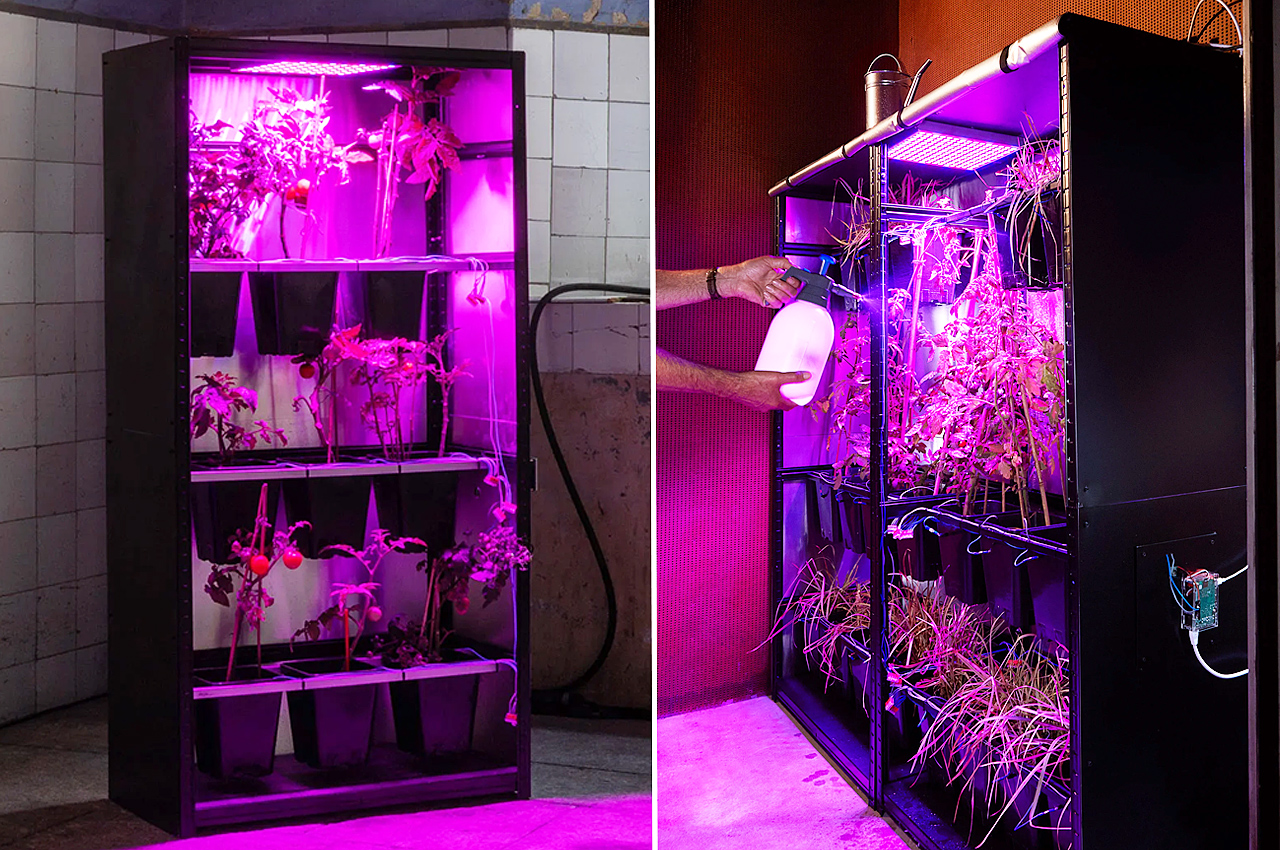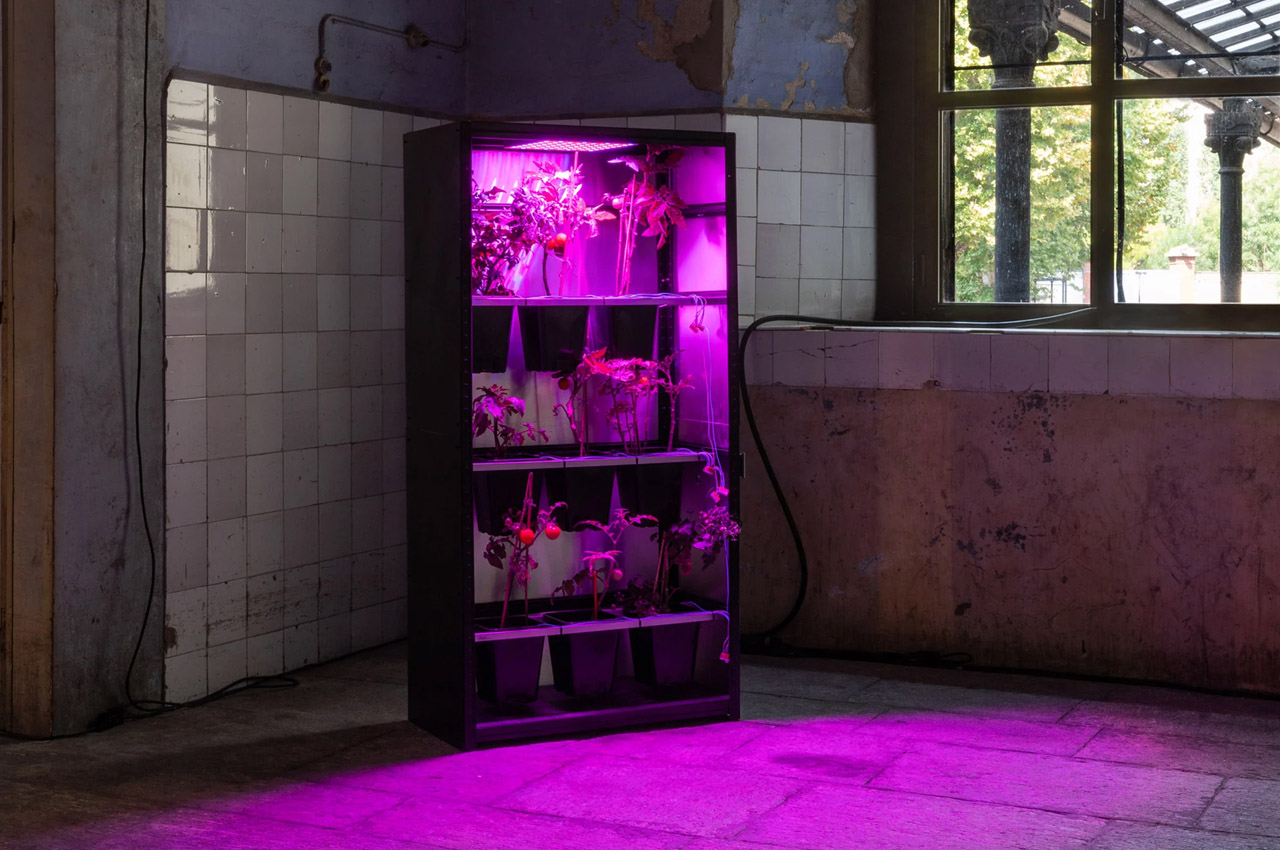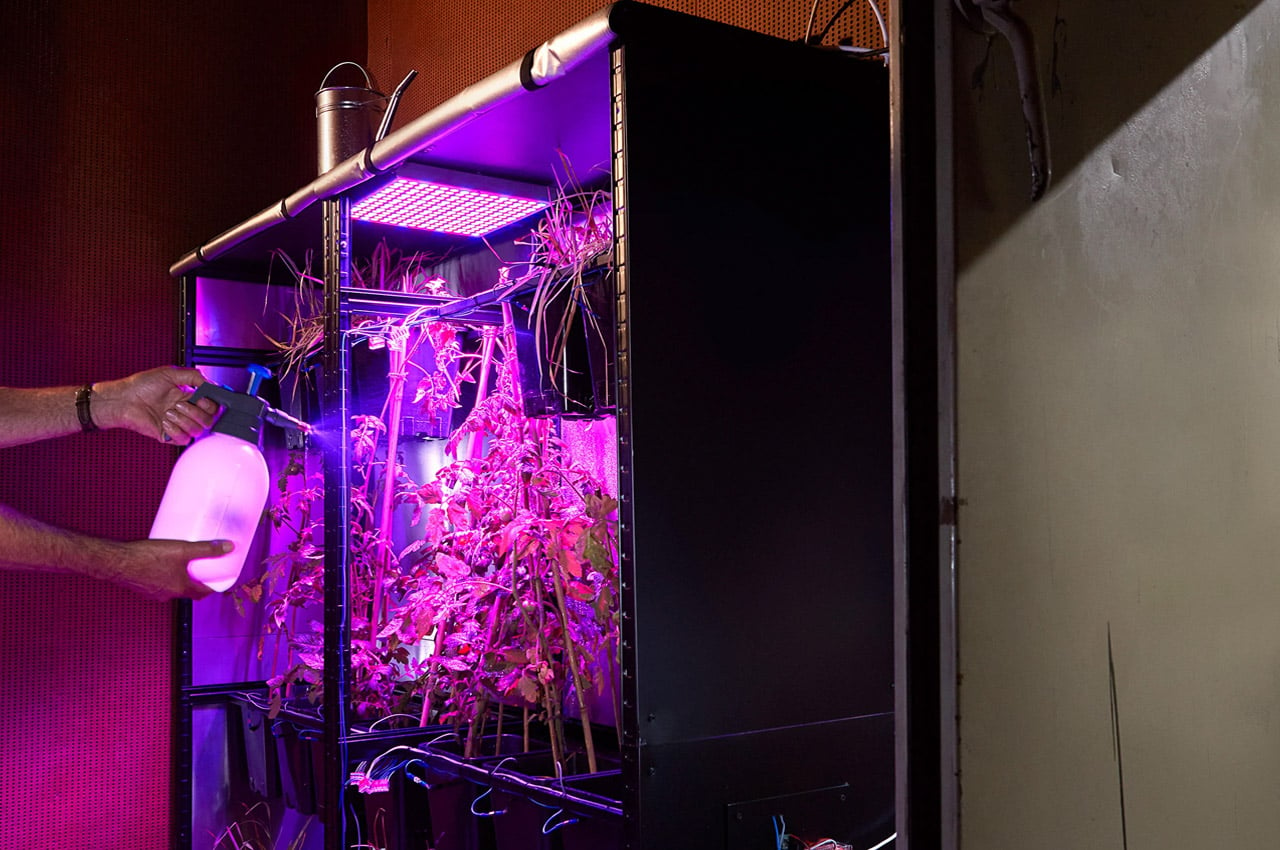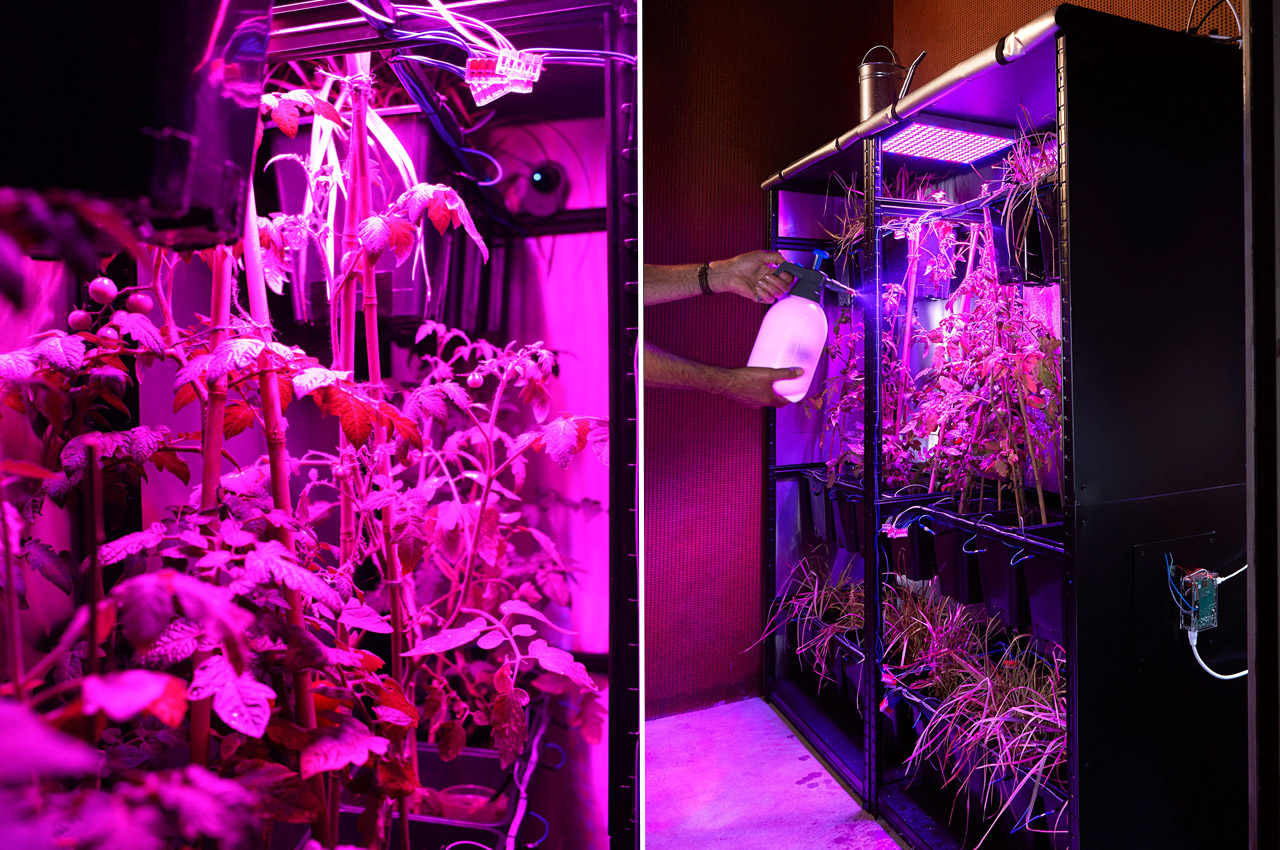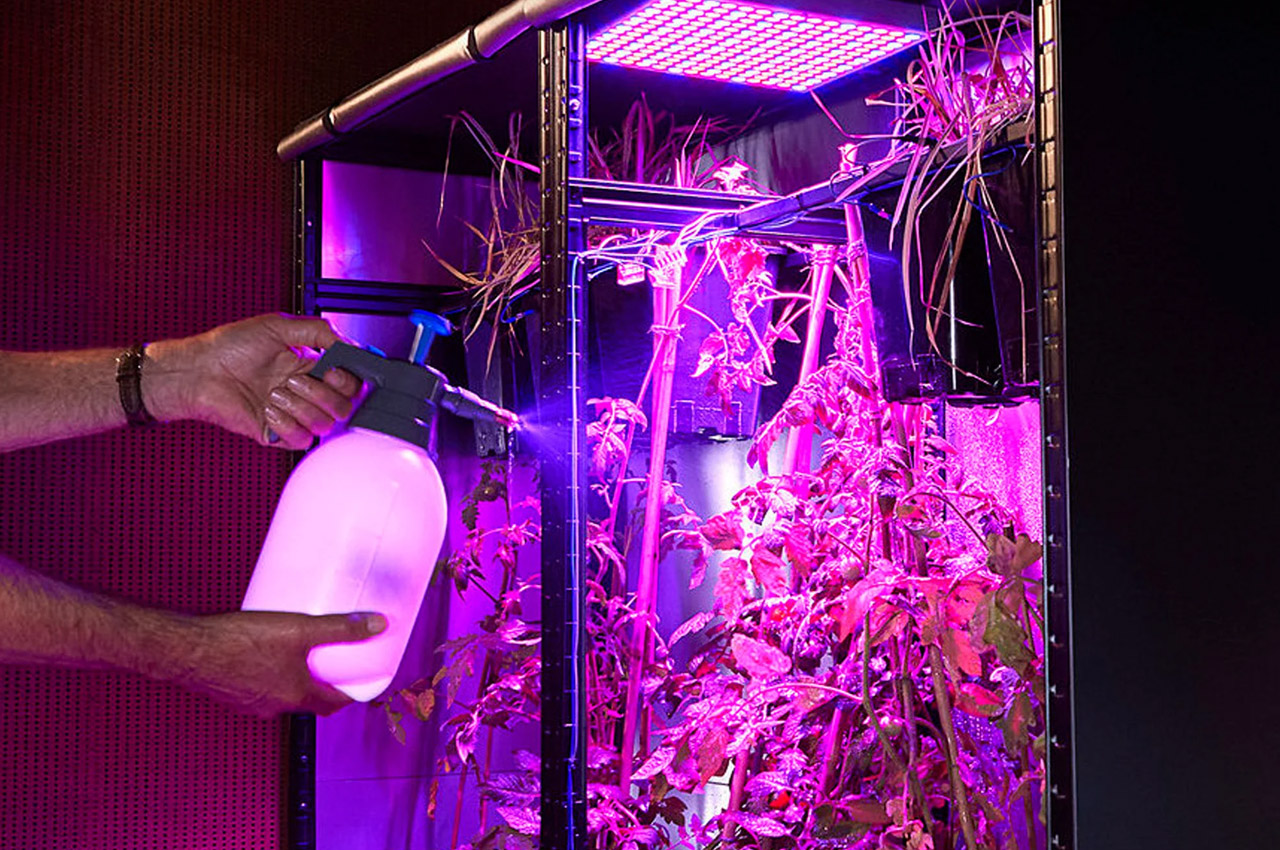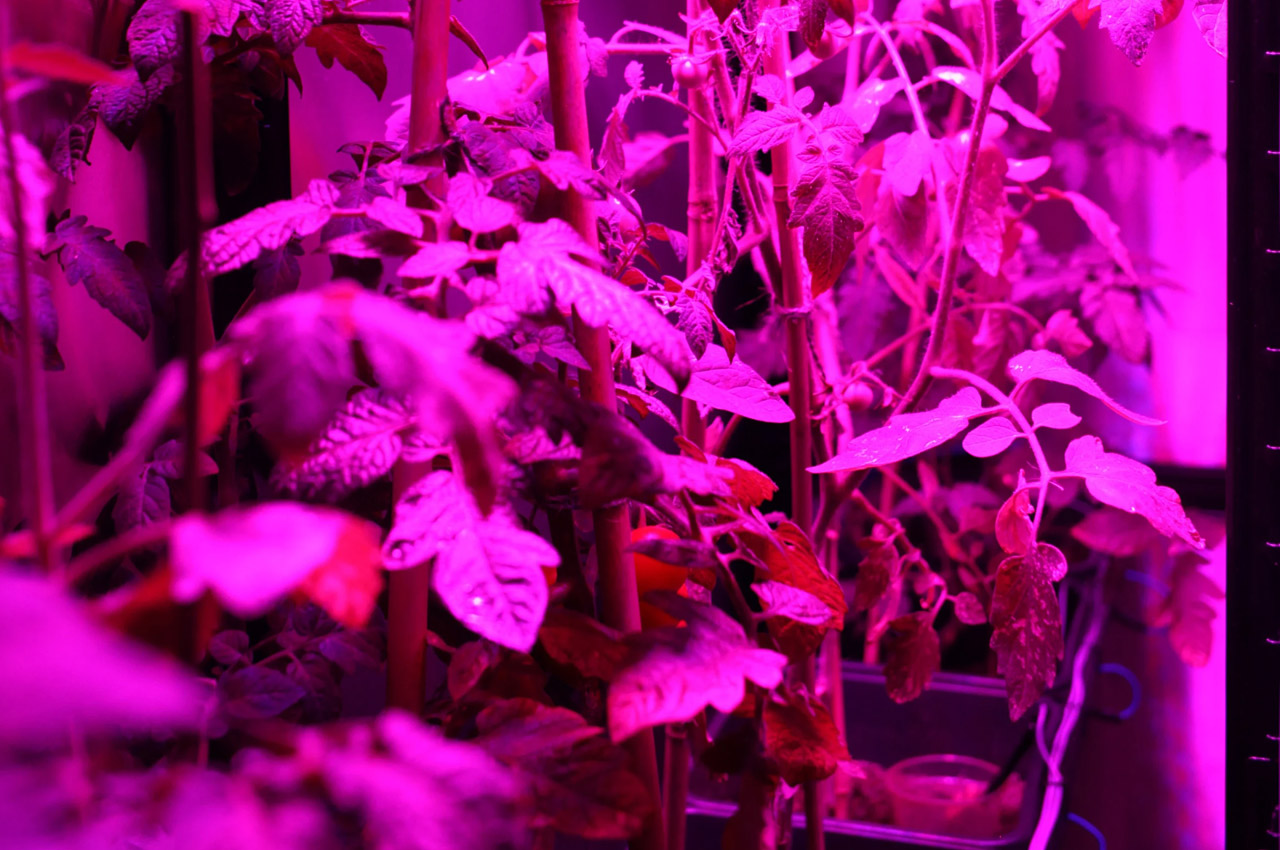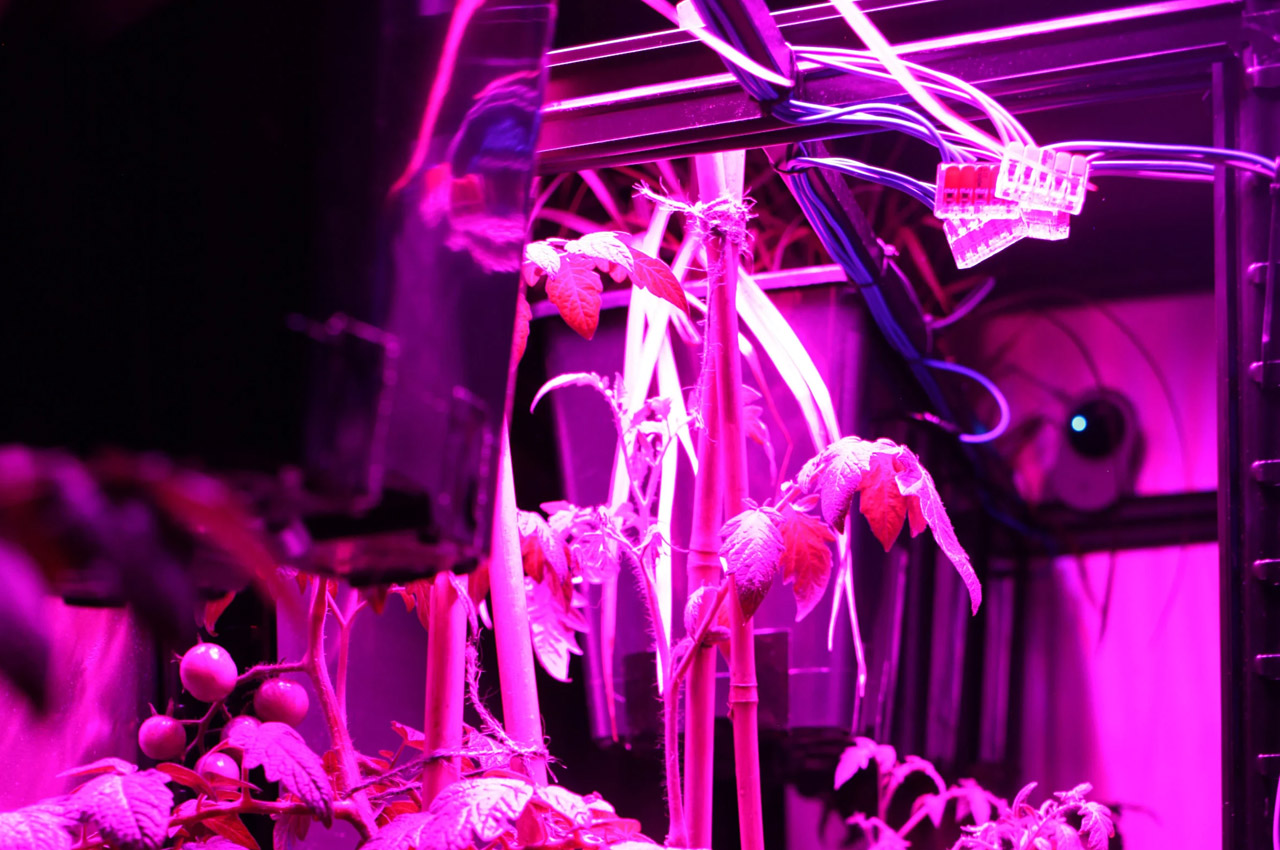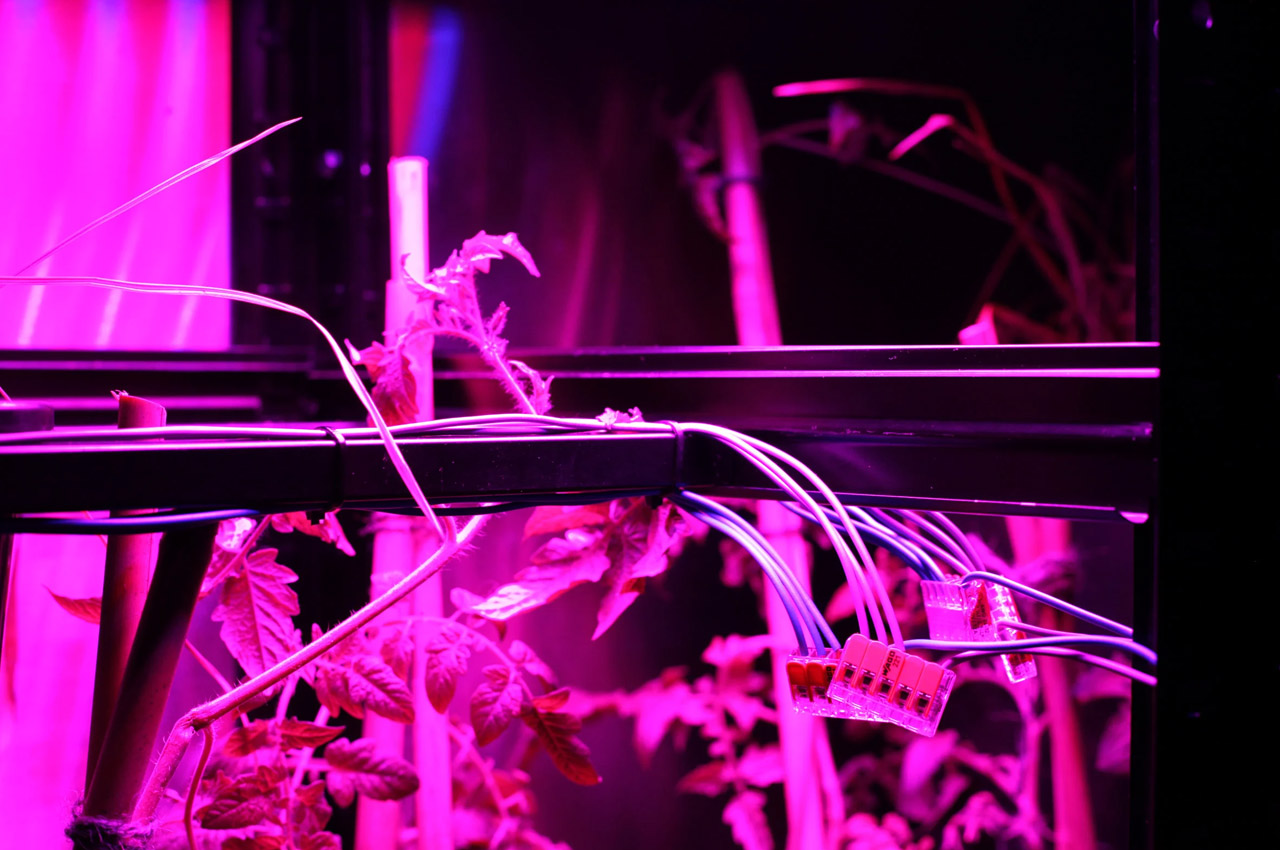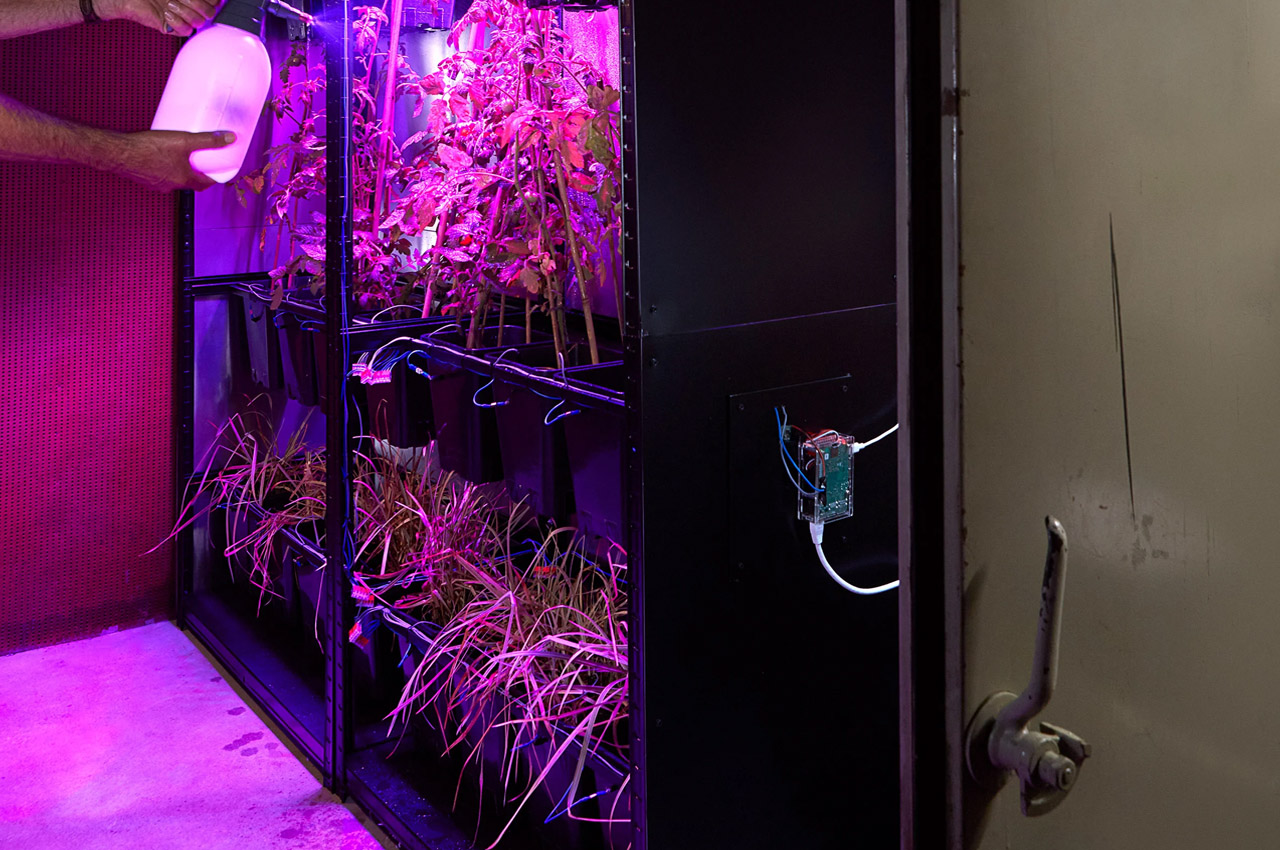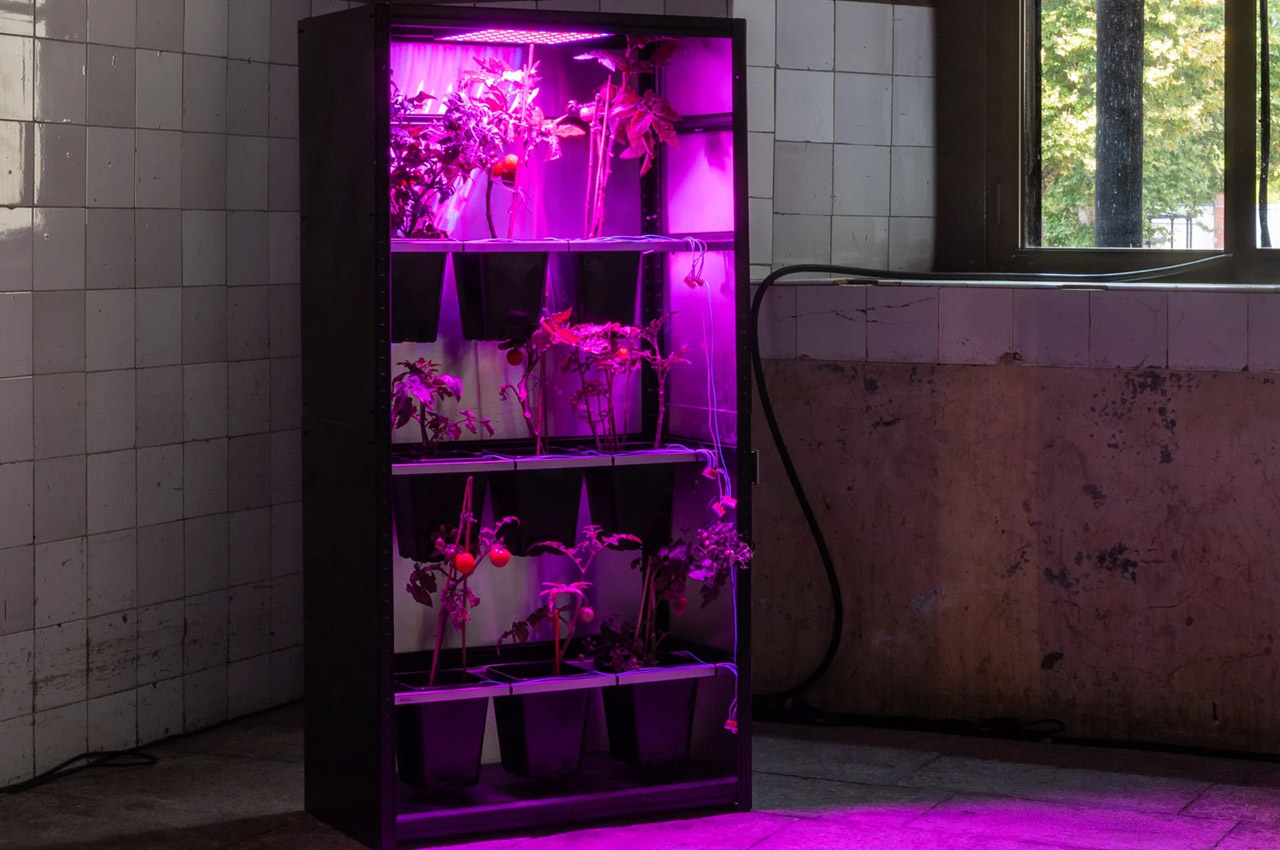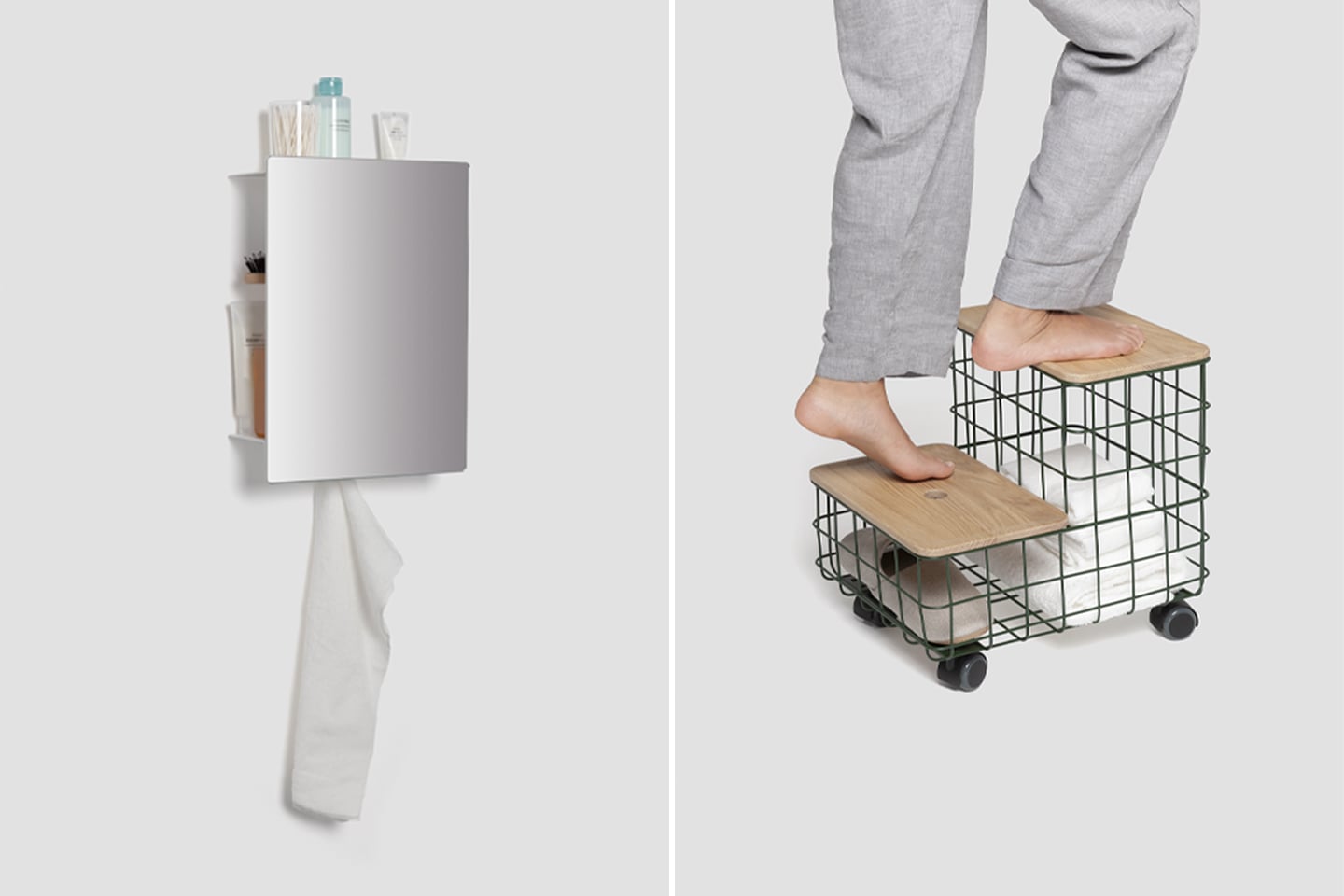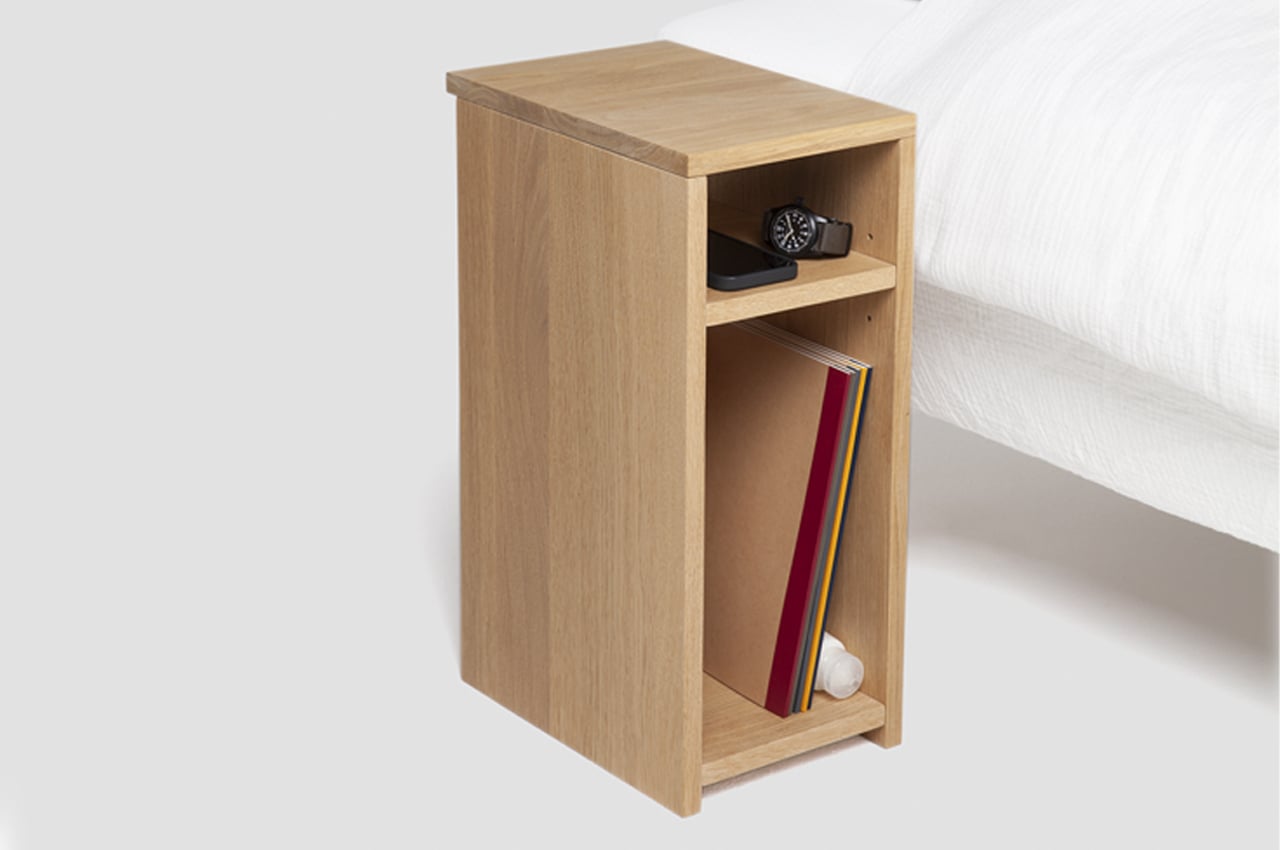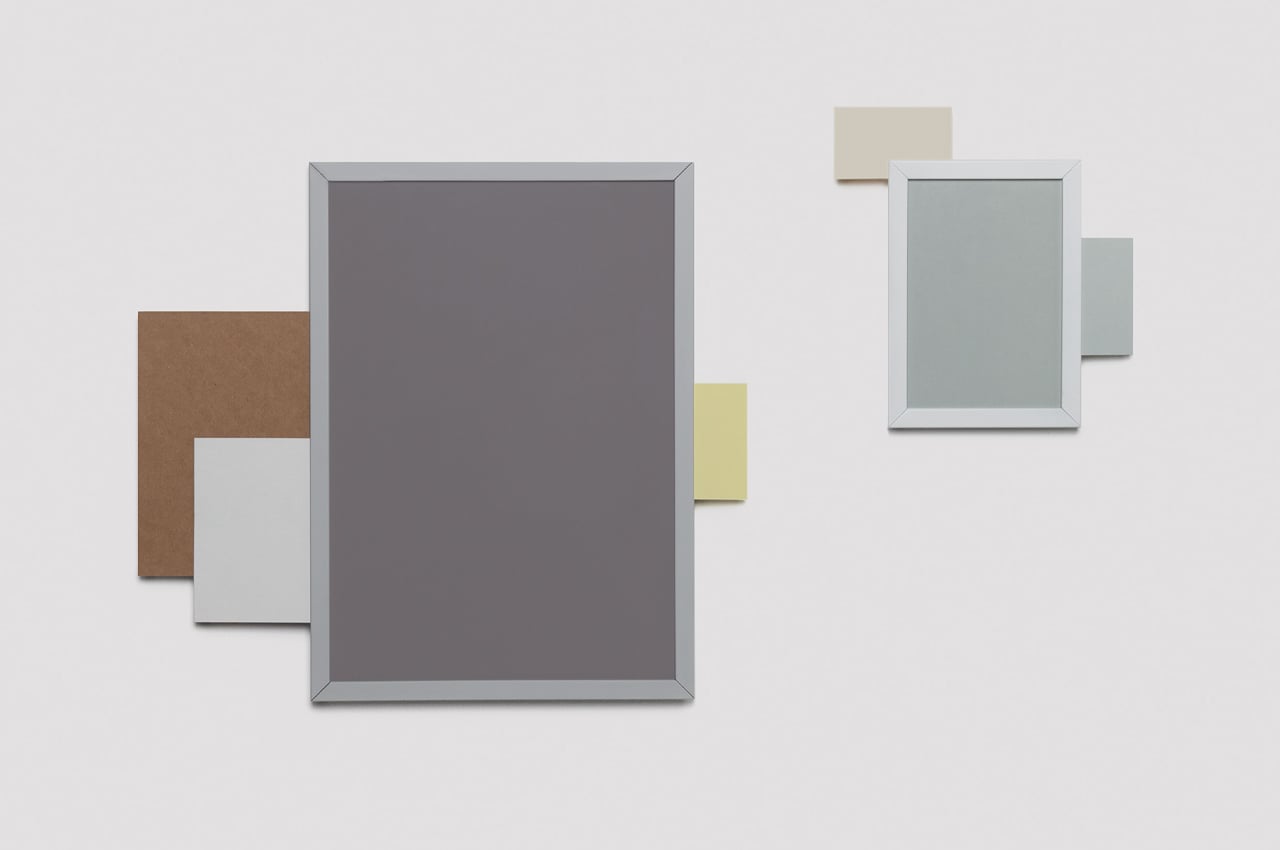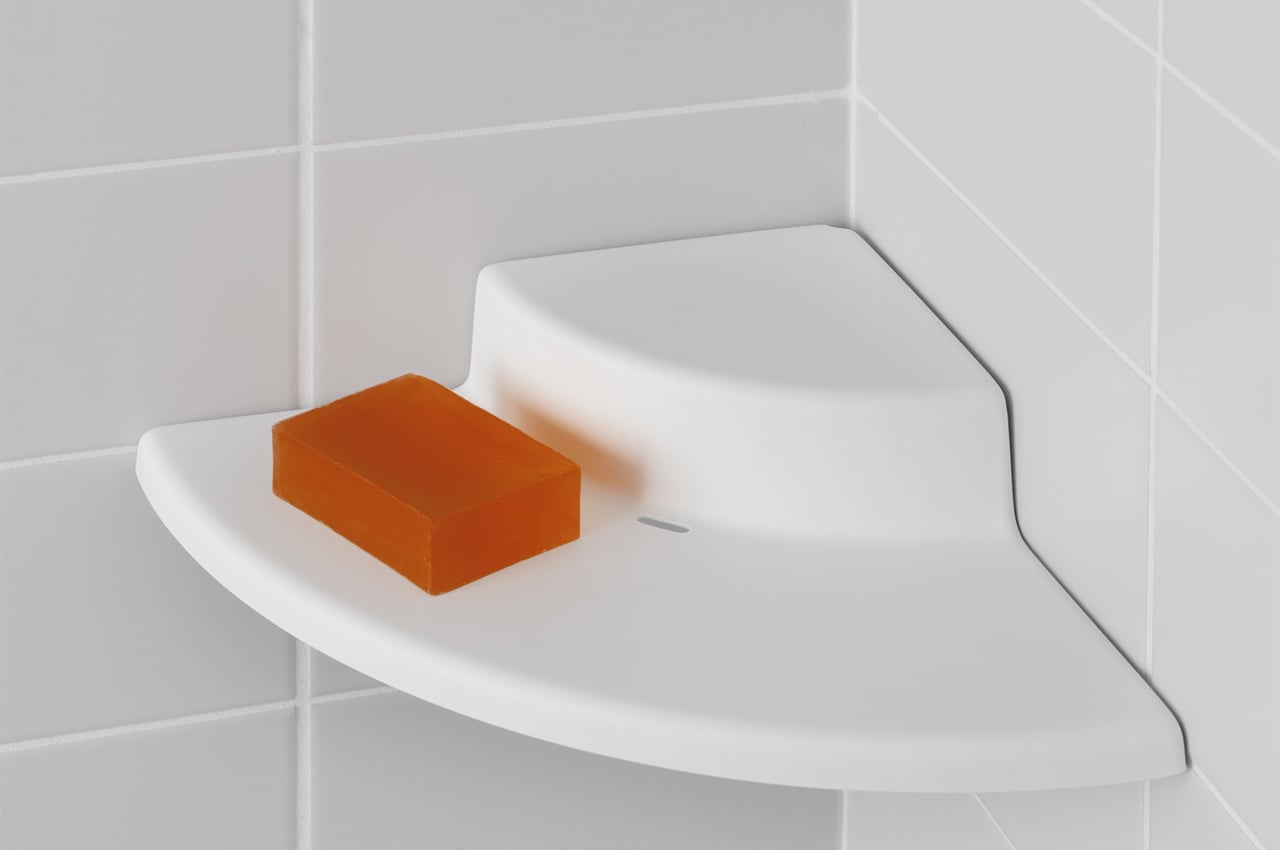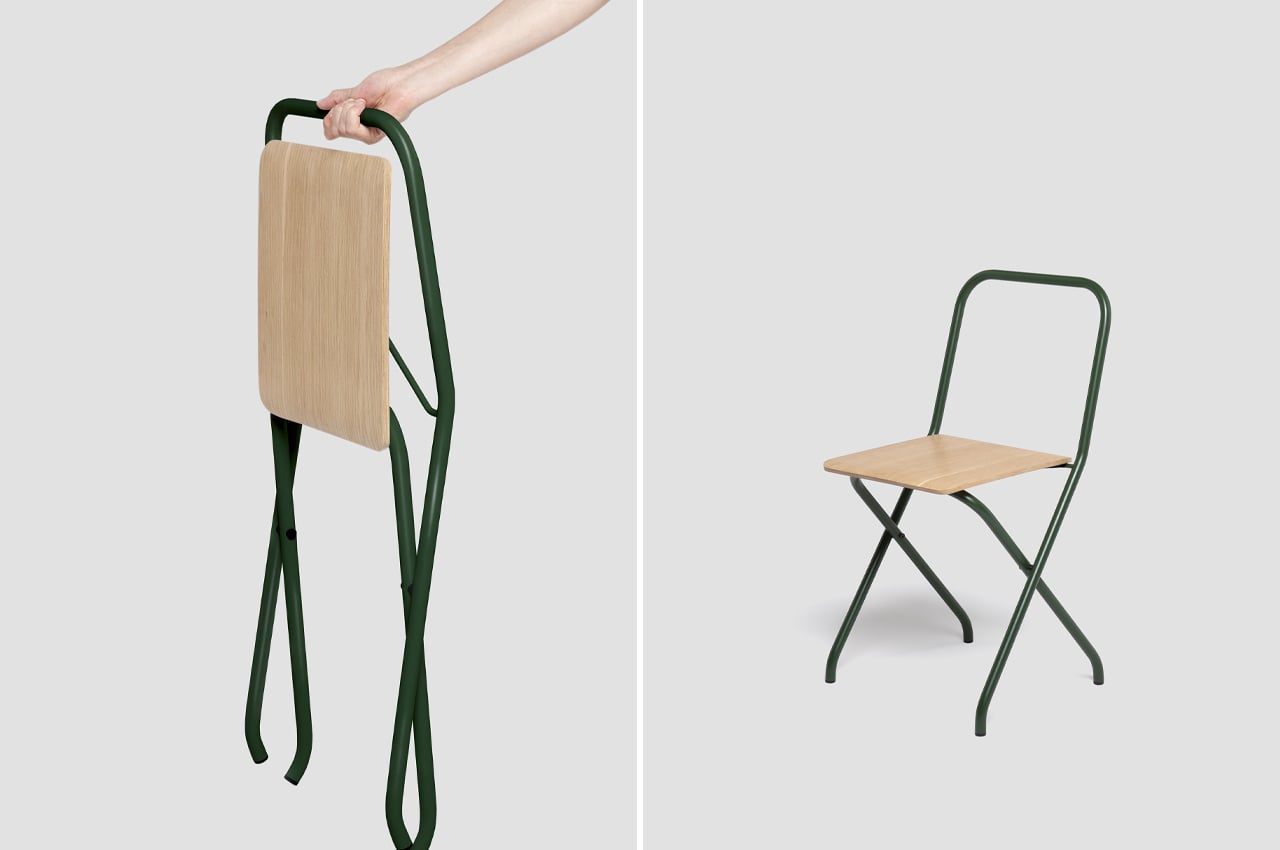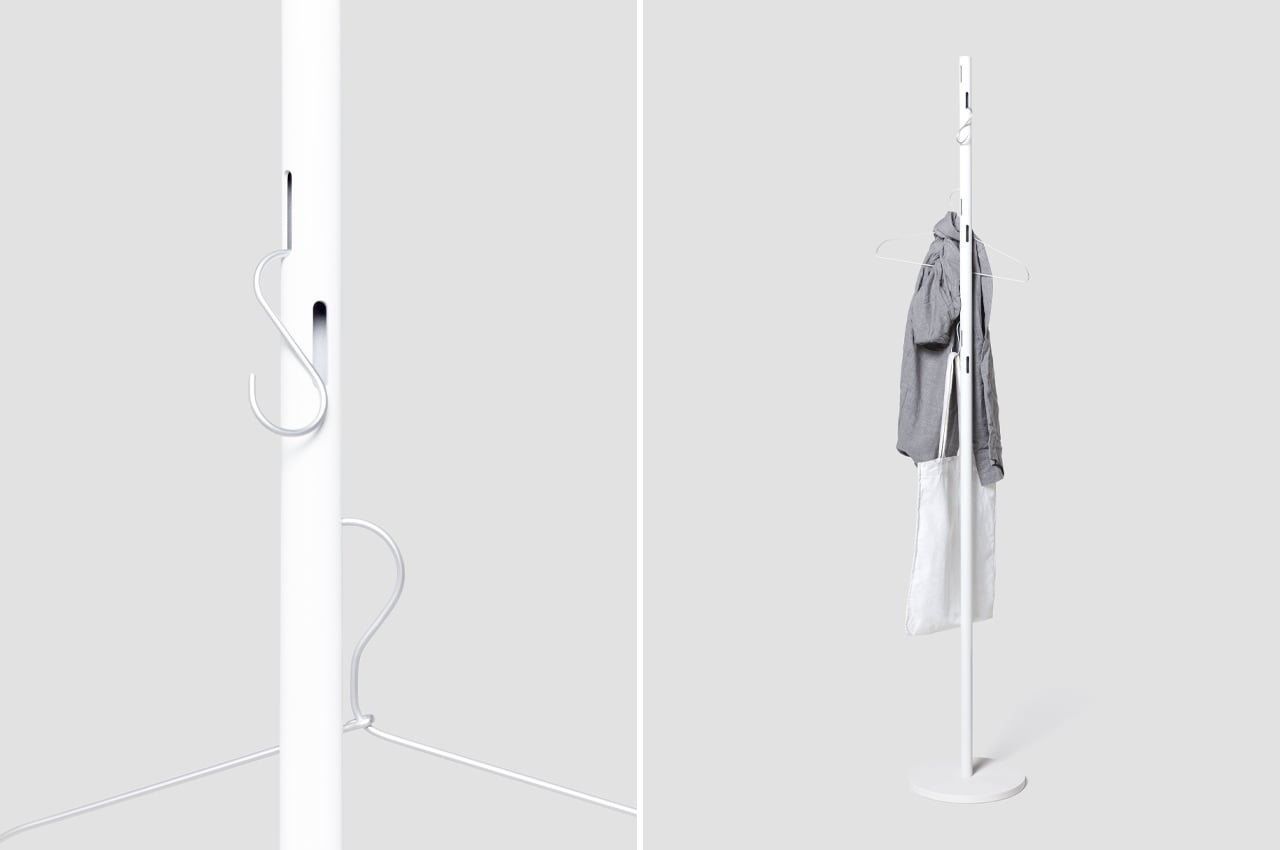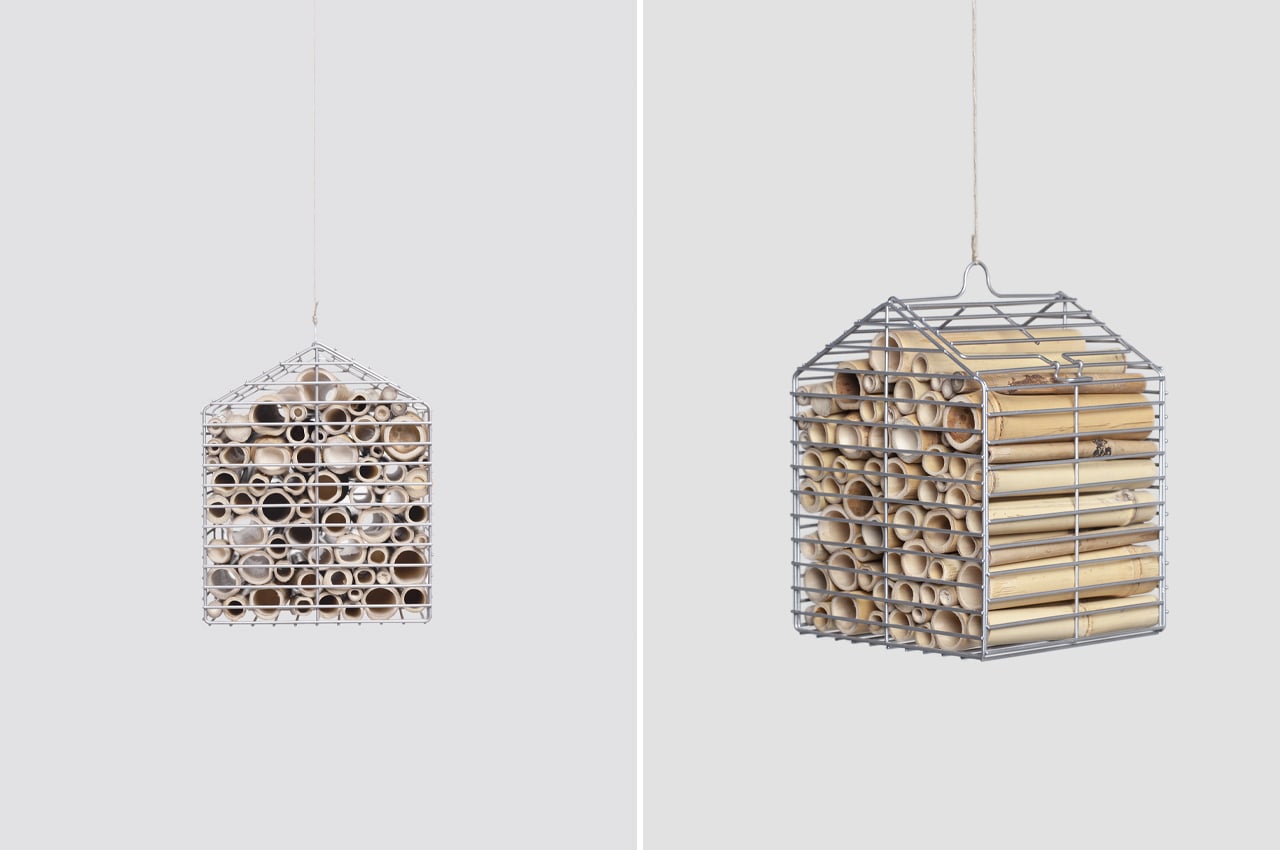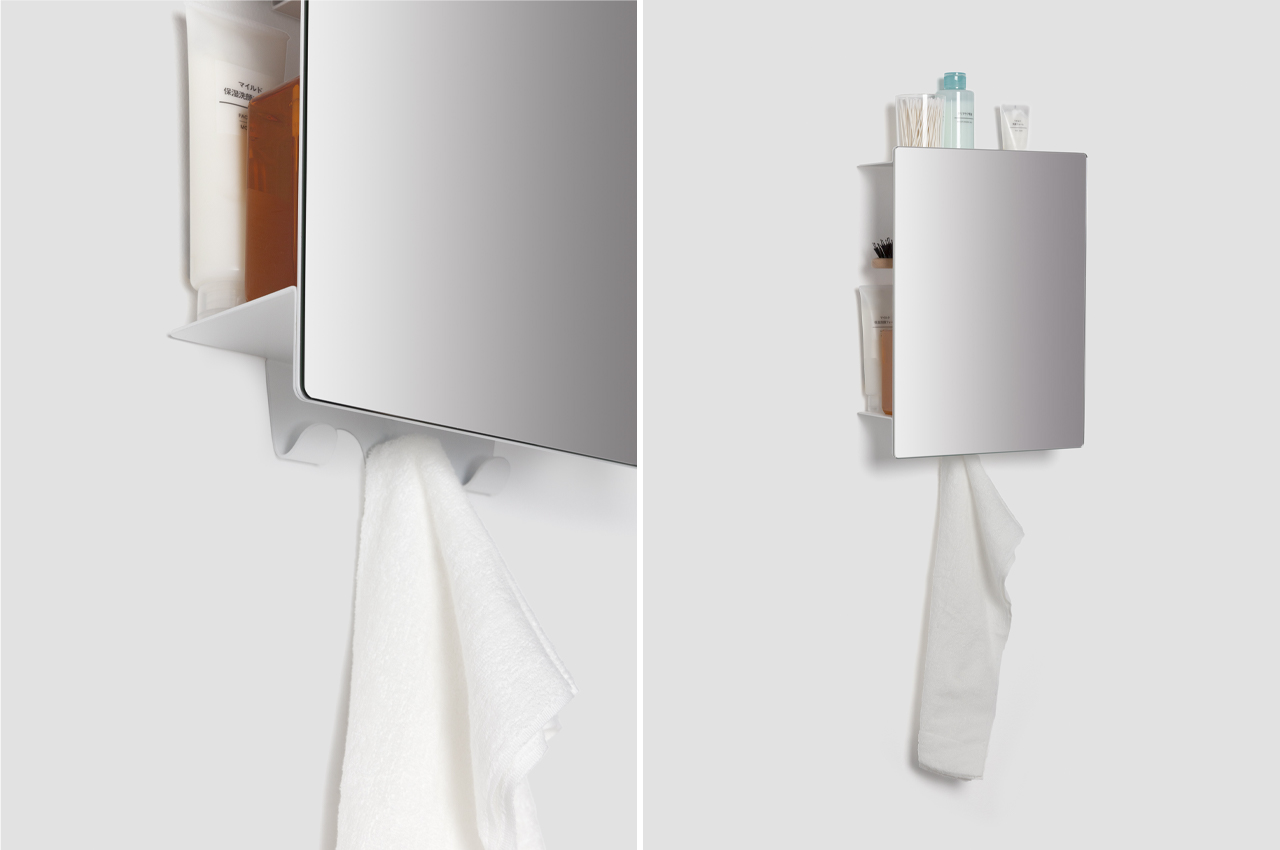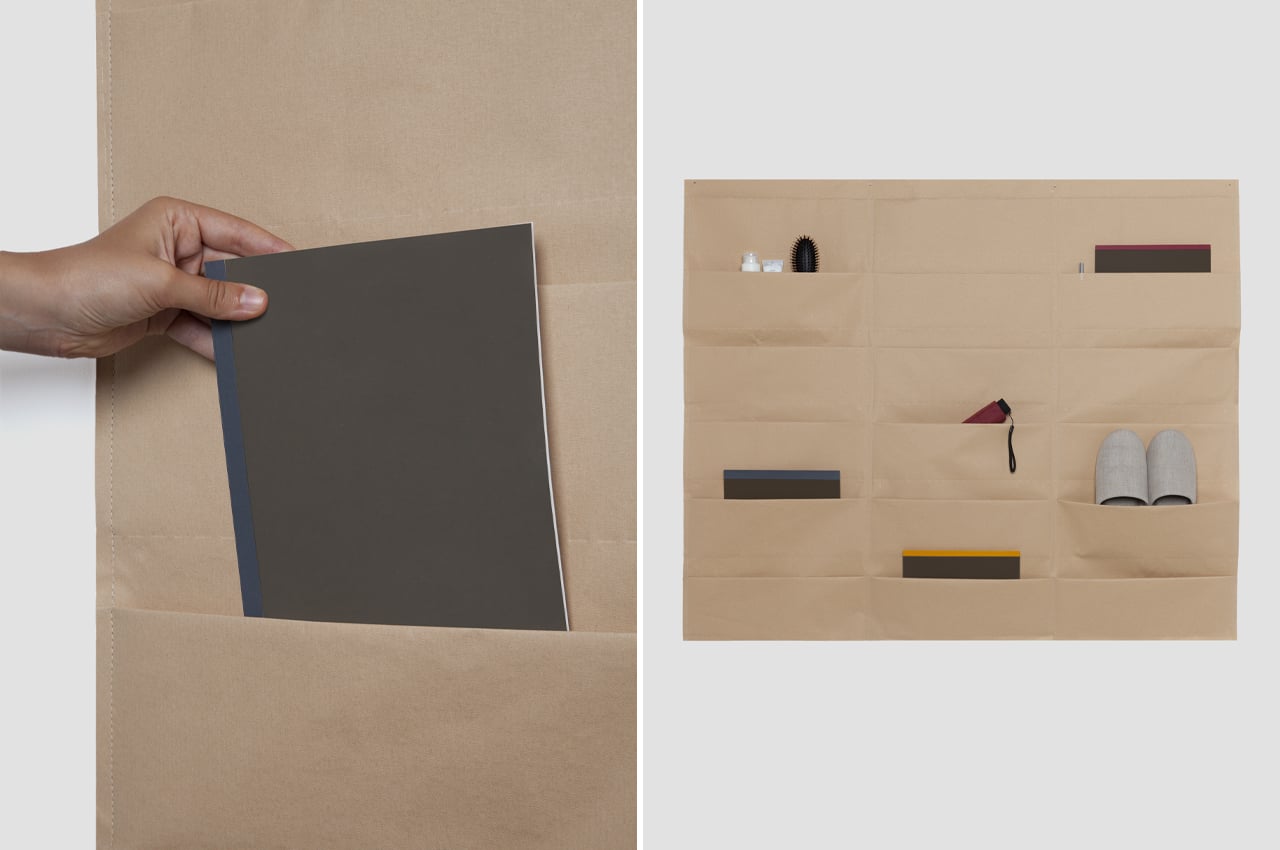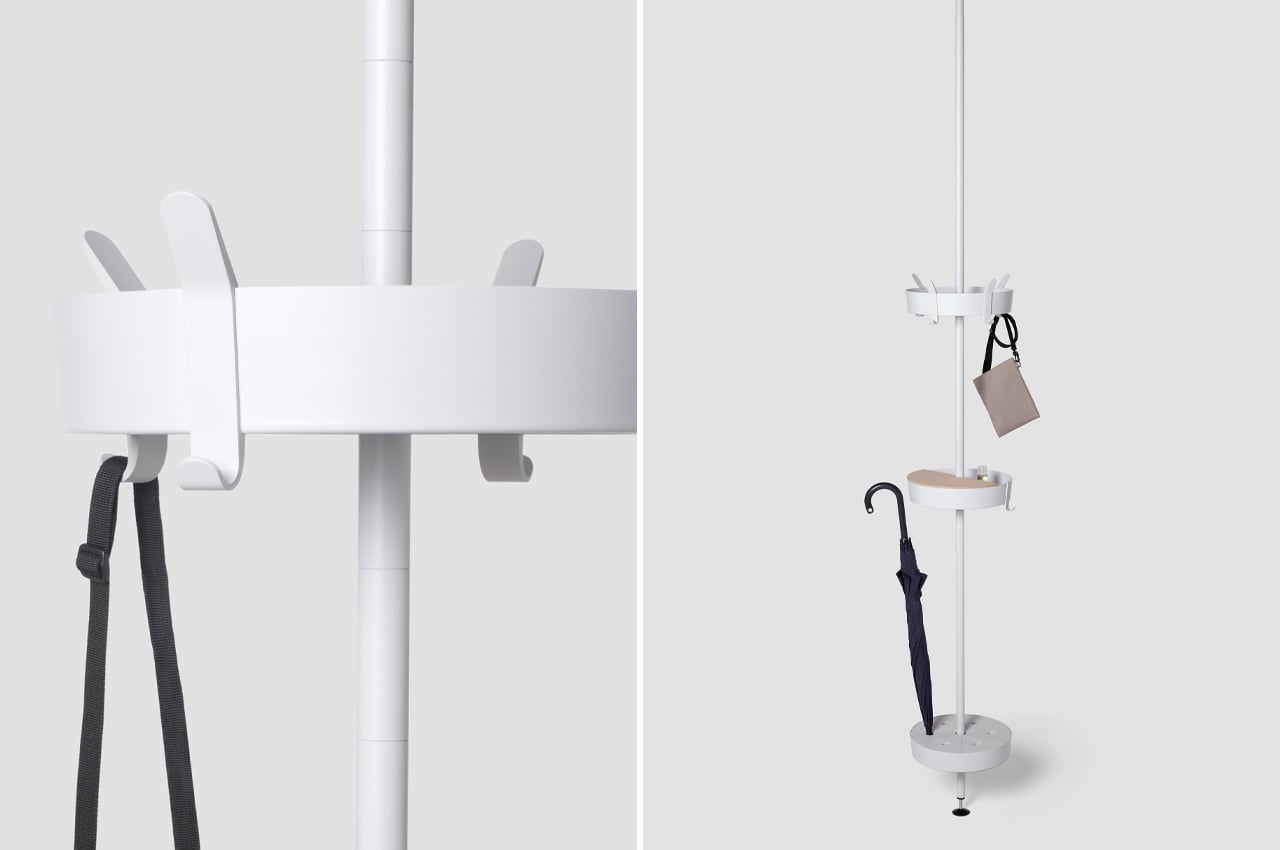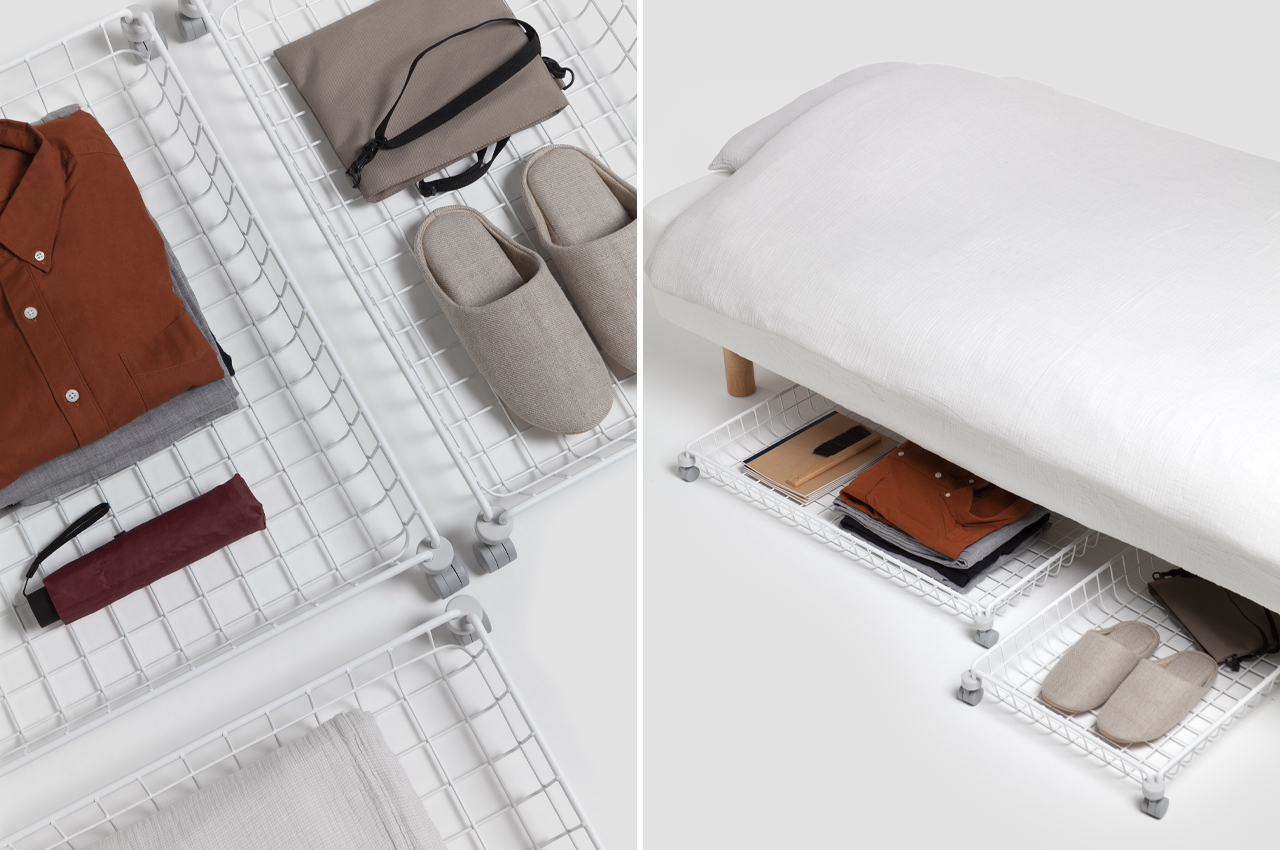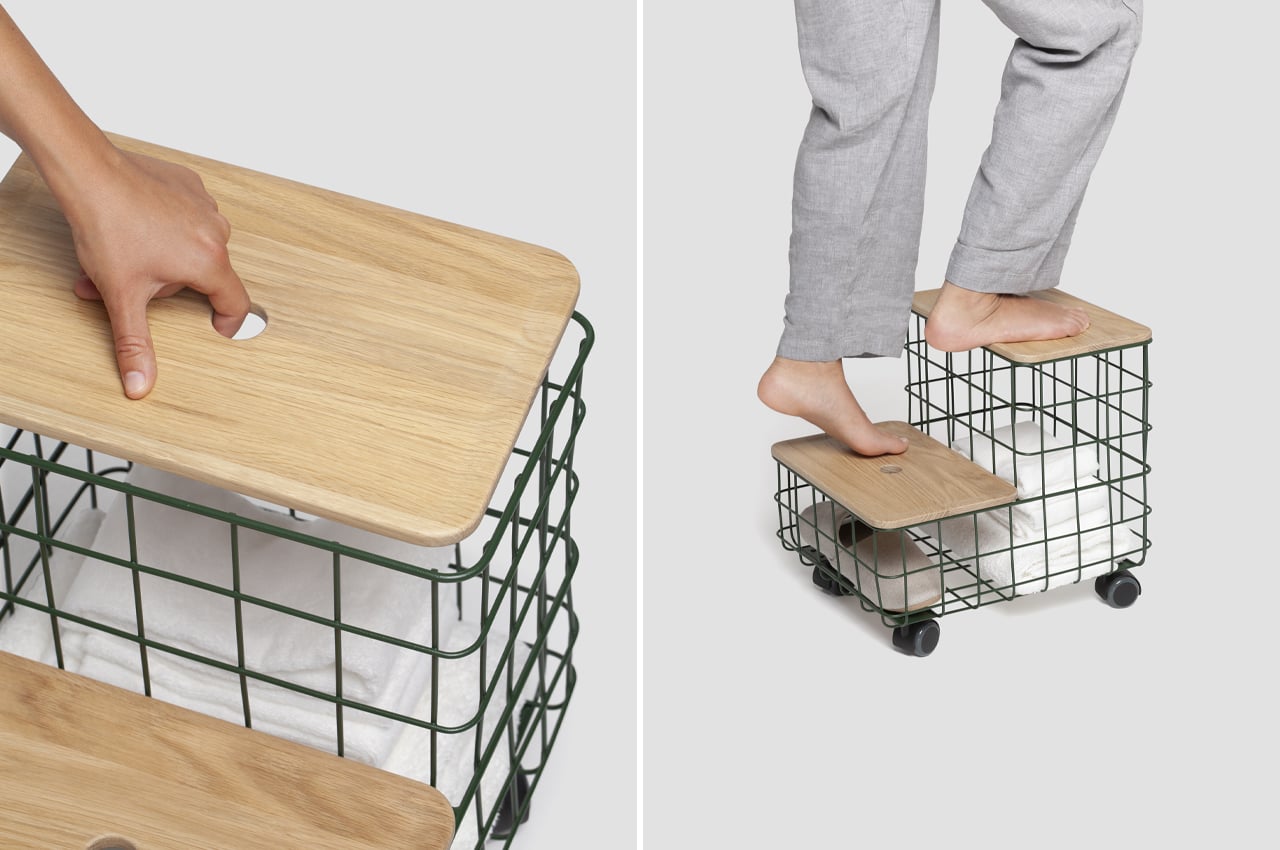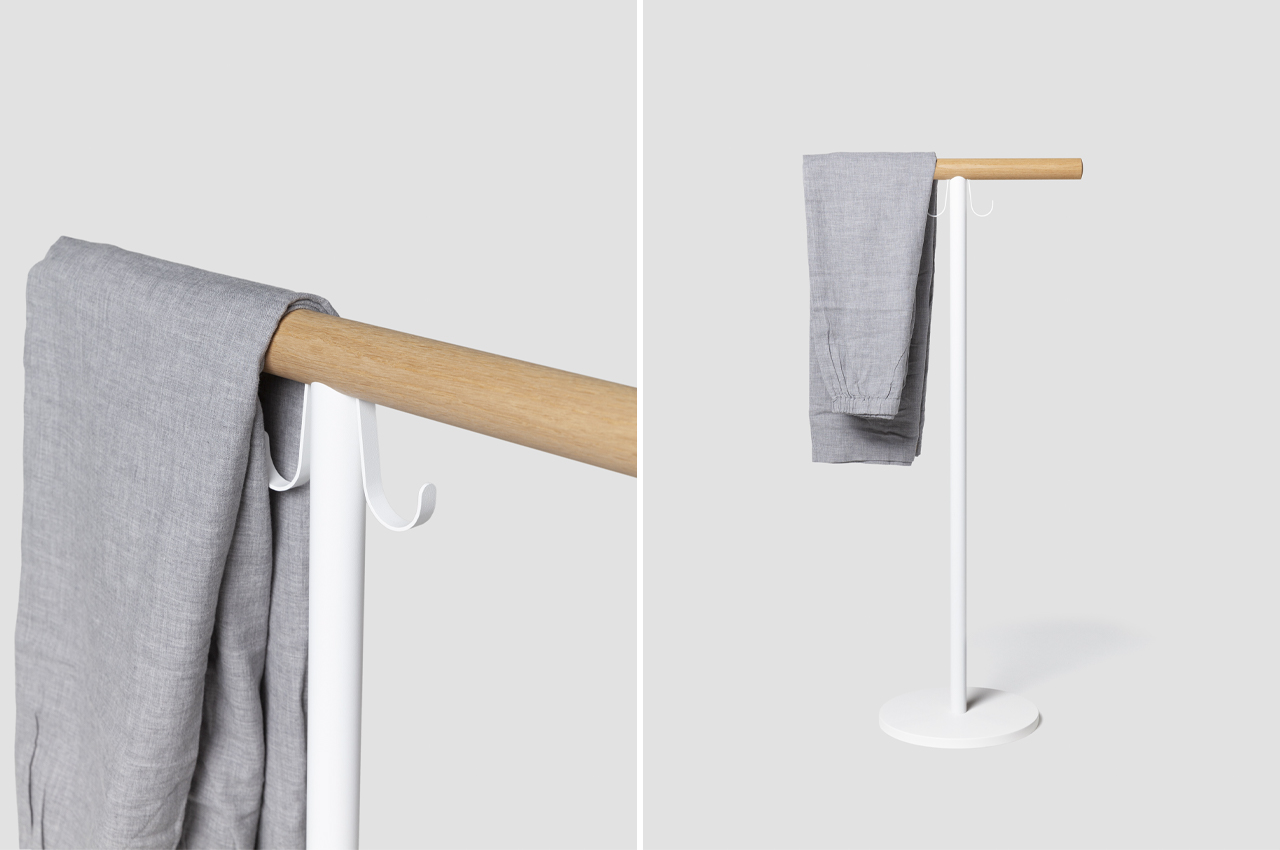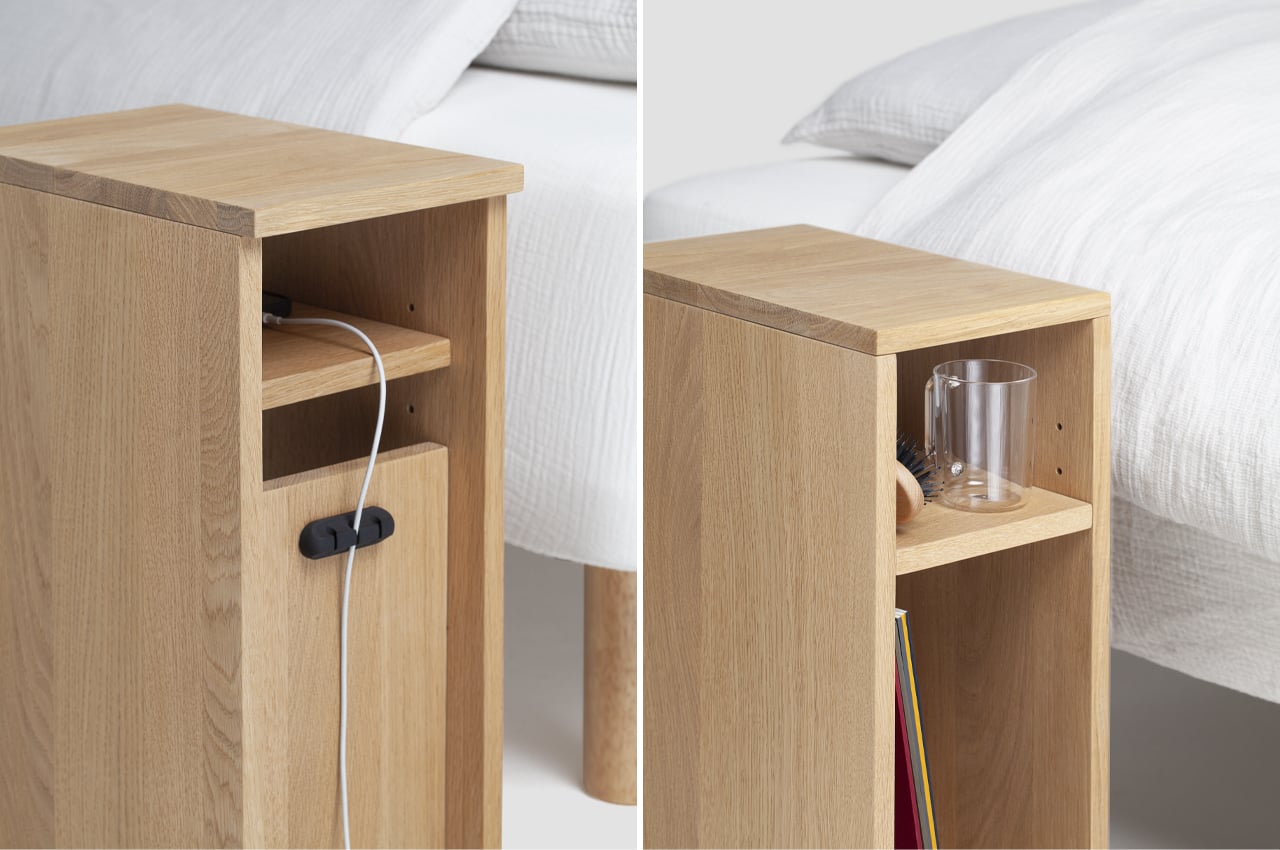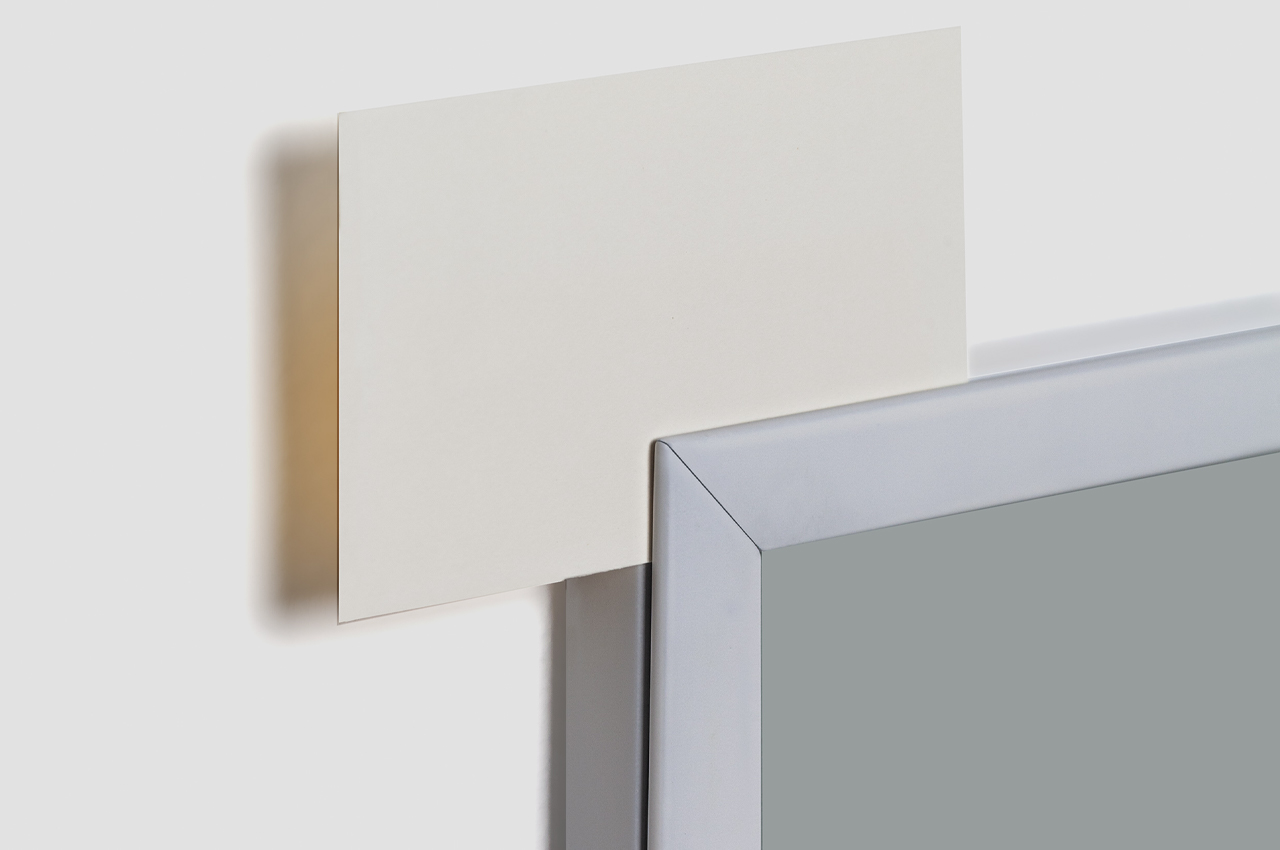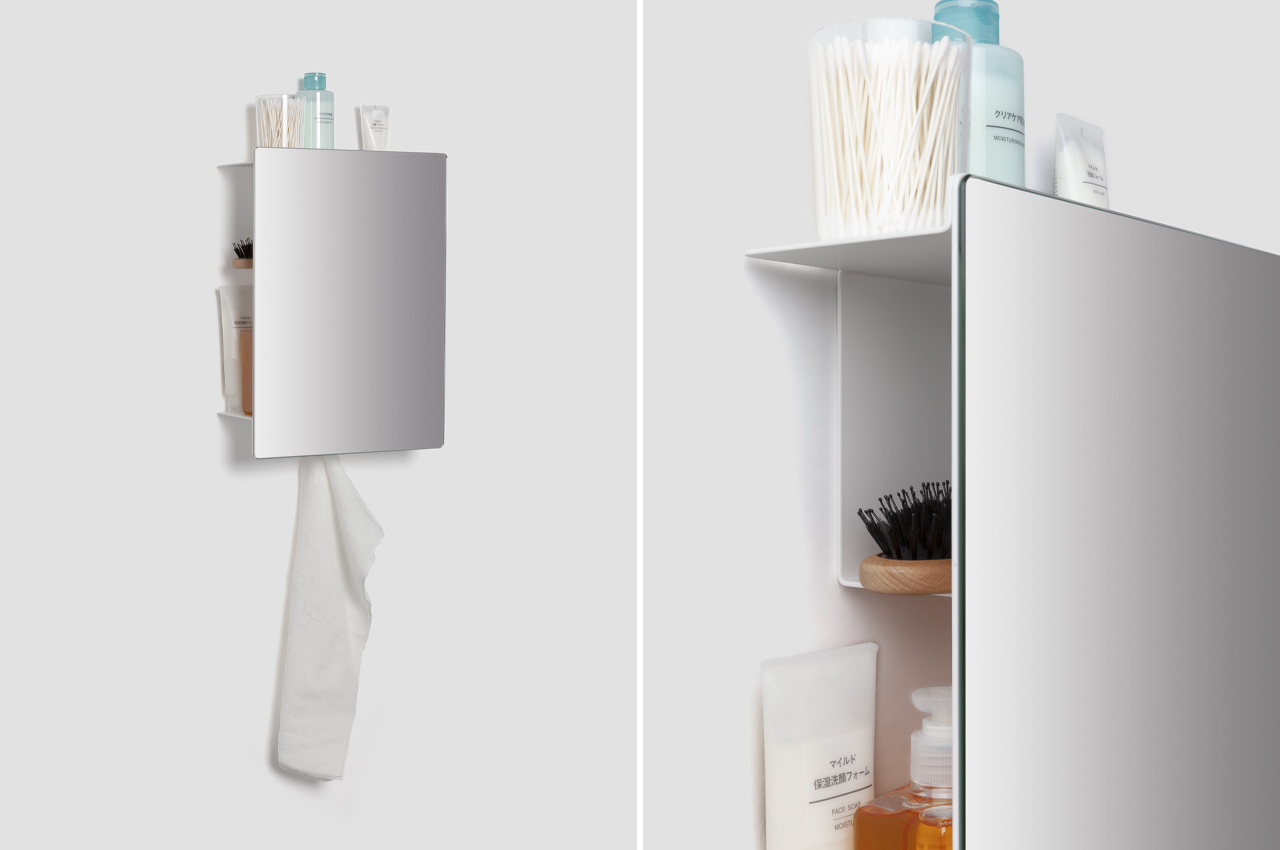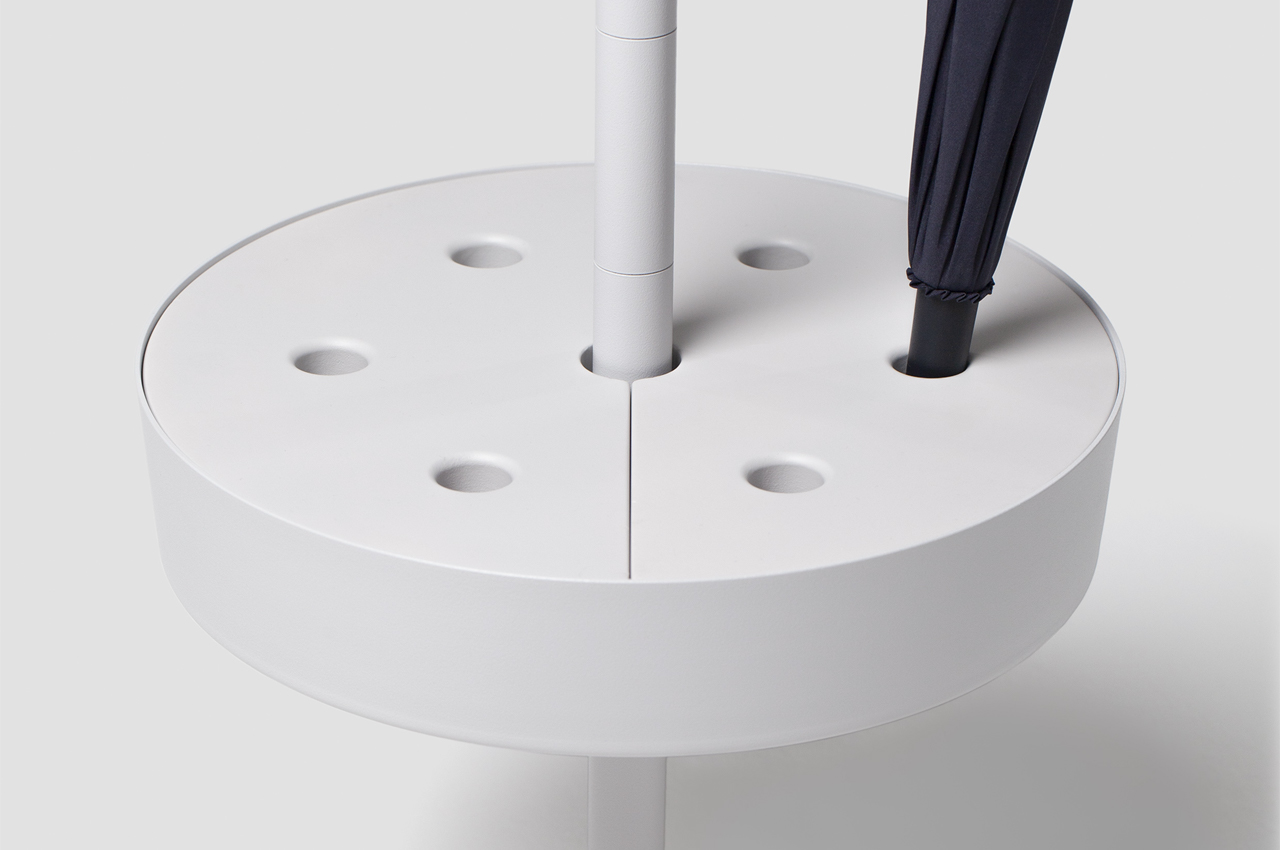
Herman Miller, one of the most highly-regarded office chair designers and producers, is celebrating the 100th anniversary of its brand name. To celebrate, they will have an exhibit of the rich history of their company’s graphic design journey. The exhibit will begin at the Milan Design Week and eventually go to Chicago in June. You would think that this exhibit is all about the furniture but is more the visual journey of their design and marketing materials.
Designer: Herman Miller

Founded by D.J De Pree, Herman Miller was launched back in 1923 and by 1930, they hired Gilbert Rhode to bring modern design sensibilities to their previously traditional furniture. His wife Peggy Rhode was his partner as she took charge of designing their marketing materials, matching the new direction that the company was taking. When George Nelson started designing for the company in 1945, pioneer graphic designers like Irving Harper and Tomiko Miho also brought in a new look to their designs.

Designer John Massey and eventually his protege Steve Frykholm then brought the Pop Art look to the designs in the 60s and 70s. Barbara Loveland and Linda Powell then brought postmodern sensibilities in the 80s and 90s. For the textile division of the company, Alexander Girard is the name to remember as he used “graphics to create motifs with meaning” during his tenure as the founding director. His designs will also be on display at the exhibition. They will also be selling limited-edition prints of the Eames Soft Pad Group poster which is an iconic look for the brand.

The exhibit not only shows Herman Miller’s visual design journey but also looks like a history of graphic design over the past 100 years. You can see the various design movements for every decade so it’s also interesting how the company was able to keep up with all of that. It makes sense that they would put on this kind of exhibit rather than just show off their chairs or furniture (although they’re mostly pretty nice as well).


The post Herman Miller design exhibit at Milan Design Week celebrates company’s 100 years first appeared on Yanko Design.












